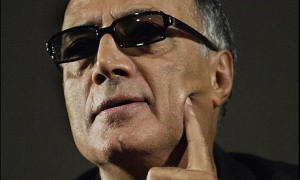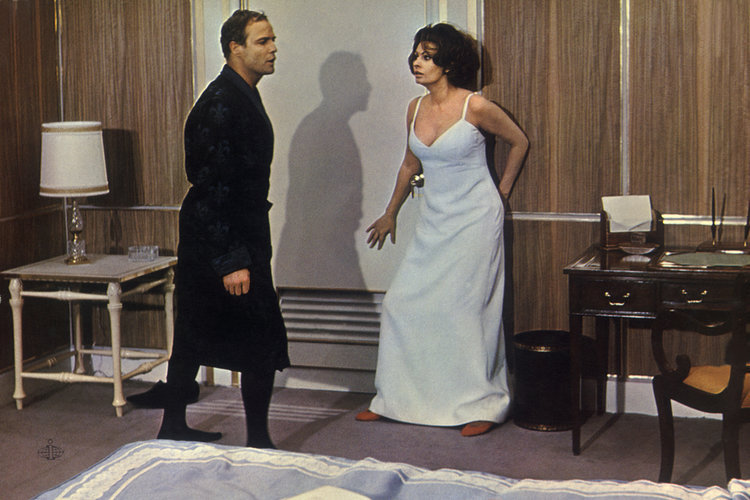A fairly complete and reasonably up to date checklist. All of the printed essays listed here are (or will be) available on this site. – J. R.
ALI: FEAR EATS THE SOUL (Madman DVD, Australia: original essay)
BIGGER THAN LIFE (BFI DVD, U.K.; video conversation with Jim Jarmusch)
THE BITTER TEARS OF PETRA VON KANT (Madman DVD, Australia: original essay)
BLACK TEST CAR & THE BLACK REPORT (Arrow Blu-Ray: scripted and narrated audiovisual essay)
A BREAD FACTORY (Grasshopper Film DVD & Blu-Ray, U.S.; video conversation with writer-director Patrick Wang)
BREATHLESS (Criterion DVD & Blu-Ray, U.S.; scripted video essay)
CASA DE LAVA (Second Run Features DVD, U.K.: original essay; reprinted in Grasshopper Film DVD in the U.S.)
CELINE AND JULIE GO BOATING (BFI Blu-Ray, U.K: reprint of “Work and Play in the House of Fiction”)
LA CÉRÉMONIE (Home Vision Entertainment DVD, U.S.: reprinted essay)
CHANTAL AKERMAN: FOUR FILMS [FROM THE EAST, SOUTH, FROM THE OTHER SIDE, DOWN THERE] (Icarus Films DVD boxed set, U.S.: original essay)
CITIZEN KANE (Criterion digital release; audio commentary with James Naremore)
CLOSE-UP (Criterion DVD & Blu-Ray; audio commentary with Mehrnaz Saeed-Vafa)
THE COMPLETE JACQUES TATI (Criterion Blu-Ray boxed set, U.S.: original essay)
THE COMPLETE MR. ARKADIN (Criterion DVD boxed set, U.S.: Read more
A recent essay. — J.R.

Reflections on Kiarostami’s Two-Way Mirrors
Mehrnaz Saeed-Vafa
“The power of cinema is to create believable illusions.” Abbas Kiarostami
As I begin to write about Abbas Kiarostami’s cinema, my profound sadness about his loss emerges again. The vivid memories of several meetings and conversations with him in different countries (Iran, Europe, Canada, and the US) and at different times and on various occasions in the last four decades are now mixed with images from his films. How ironic that his death happened so abruptly, like the many unexpected and unresolved open-endings of his films.

The filmmaker I was fortunate to know was a graceful, thoughtful dignified man, observant and playful with a great sense of humor. Despite his fame, he was very humble. He was very supportive of other filmmakers, new directors, and especially his students in many of his workshops around the world.
I remember meeting him for the first time in Tehran after the screening of his second feature, The Report (Gozaresh, 1977). The dark bleak film had very little resemblance to its warm friendly-looking approachable serene director who always wore a sweet smile when greeting people.
During the year 1980 I’d run into him from time to time whenever I went to Kanun (The Institute for Intellectual Development of Children and Young Adults) to resolve the production issue of my unfinished film, The Transfigured Night. Read more


One of my reasons for recently revisiting Chaplin’s last feature, while preparing to teach a ten-hour course about him in Brazil, was trying to figure out why it’s so bad. There are other examples one could cite of unredeemably bad films by great filmmakers, but this one seems to belong in a category all its own. I certainly wouldn’t confuse it with his previous three features, some or all of which are considered bad by many of my colleagues but all of which I consider great in different ways (and to different degrees), even when they’re at their most distasteful. A Countess from Hong Kong is never distasteful in the various ways that A King in New York, Limelight, and Monsieur Verdoux can be at times, but it also never comes close to being revelatory in any profound way, as they continue to be.
Here is one possible explanation: Chaplin’s greatness as a director doesn’t invariably depend on his presence as the central star attraction, as A Woman of Paris amply demonstrated. But a major part of his greatness is still tied to a kind of dialogue he (mainly) had or (less often) attempted to have with his public throughout his career, most of which was tied in one fashion or another to his physical presence and/or his personal autobiography. Read more




